Want to improve the function of your head, neck, and thyroid in just 3 minutes each day?
If so, you are in the right place!
Today we are going to talk about exercises that you can do that support the anatomy and physiology of your head and neck.
Why the head and neck?
Because that’s where your thyroid gland sits!
Your thyroid is positioned at the base of your neck underneath your larynx (1) (your voice box).
If you look at a cross-section of the head and neck you will see that your thyroid is basically swimming in a sea of neck muscles (2)!
If you want to get technical, the muscles surrounding your thyroid gland include the sternothyroid, the sternohyoid, the omohyoid, the sternocleidomastoid, the infrahyoid, and the platysma muscles.
The more than 20 muscles located in your neck help to stabilize your head, provide movement so that you can look around, and even help with breathing and chewing.
In other words, you really need these muscles.
Unfortunately, due to the world that we live in, and the fact that most people are not regularly exercising these muscles, they can actually start to cause problems (3) for some people.
Imbalances in the muscles of your head and neck can lead to trigger points (pain points), neck pain, decreased lymphatic flow, and even compromised blood flow in and out.
Because your thyroid gland (which requires constant nutrients in and out) sits in the middle of many of these muscles, you can imagine that their function is important to its function.
And you’d be right!
This is where neck exercises take center stage.
Because your thyroid gland isn’t a muscle we can’t really work it out.
But we can work out and balance the muscles that surround your thyroid which can act to indirectly improve thyroid function.
They may help your thyroid indirectly in the following ways:
- By helping to enhance arterial blood flow into the thyroid gland which brings with it a rich supply of vitamins and nutrients that your thyroid needs to create thyroid hormone.
- By helping to move venous blood flow (4) out of your thyroid gland which takes with it the thyroid hormones that your gland creates to send to the rest of your body.
- By improving lymphatic flow out of your head and neck which takes with it immune cells, cellular waste, and extra fluid.
- By reducing neck pain which may impact local inflammation and eliminating things like tension headaches (5) or even migraines.
Let me be clear:
While these exercises are designed to support the anatomy of your head and neck (as well as your thyroid gland) they are not designed to take the place of your thyroid medication or any other treatments or therapies.
These exercises would just be added as a complement to whatever you are already doing.
Their entire goal and purpose are to bring balance and homeostasis to the head and neck.
With this in mind, let’s talk about these exercises.
DOWNLOAD FREE RESOURCES
Foods to Avoid if you Have Thyroid Problems:
I’ve found that these 10 foods cause the most problems for thyroid patients. Learn which foods you should avoid if you have thyroid disease of any type.
The Complete List of Thyroid Lab tests:
The list includes optimal ranges, normal ranges, and the complete list of tests you need to diagnose and manage thyroid disease correctly!
How to Use These Exercises
It’s really easy to use these exercises.
How do you do it?
Simple:
You will do each of the exercises listed below for 30 seconds one right after the other.
Each exercise will take you 30 seconds times 6 exercises for a total of 3 minutes every day.
You can pretty much do these exercises anywhere including while you are stopped at a red light while sitting on the toilet, or my personal favorite, right before bed.
It doesn’t matter when you do them just make sure you do them each and every day.
The position that you are in when doing these exercises will slightly change how these exercises impact your head and neck.
For instance, you may notice different pulls or sensations while you do them standing versus sitting.
One position is not necessarily better than the other, just be sure to vary it up day by day to find which works best for you.
Below I have listed the names of each neck exercise.
I’ve given them names just so I can more easily describe them and, hopefully, so you can more easily remember them but the names aren’t actually that important.
What is important is making sure that you get the correct form down and that you consistently do them on a daily basis.
I will describe how each exercise is performed below but if you want a video demonstration of the exercises be sure to scroll back up to the top and check out the video.
Exercise #1. The Up-Down
The Up-Down is the first neck exercise you will be doing.
To do this exercise all you need to do is keep your neck long and tall and move your chin up and down.
You will start by moving your chin up towards the ceiling or away from your chest.
As you do this make sure to keep your neck stable and make sure you don’t snap it back without control.
Once you’ve reached the top of your range of motion you will then move your chin back down to your chest.
Try to get your chin to touch the base of your neck or at least get as close as can.
As you do this exercise make sure that your neck stays as motionless as possible.
The only thing moving should be your head and chin.
Keeping your neck still allows you to isolate specific muscles in the neck.
Each repetition up and down should take about 1 second so over the course of 30 seconds you will perform about 15 chin “ups” and 15 chin “downs”.
This tempo isn’t required but it can help keep you on track.
You can slow down the tempo as necessary.
Exercise #2. The Side-to-Side
The neck exercise is called The Side to Side.
In this exercise, you will keep your head and neck looking forward while moving your ears down to touch your shoulders.
For the first movement, you will look straight forward and attempt to touch your right ear to your right shoulder.
As you do this, make sure you are only moving your head! Do NOT attempt to bring your shoulder up to meet your ear as this negates the benefit of exercising your neck!

Once you bring your right ear to your right shoulder (or as close as you can get it) you will then bring your back to the center and then bring your left ear down to your left shoulder.
Make sure that you are not twisting your neck as you attempt to bring your ear down to your shoulder.
Your eyes and head should face forward the entire time.
As you do this exercise you may feel a tightness in the base of your neck and that’s okay.
A good tempo to follow is 1 second for each repetition on each side.
Over the course of 30 seconds, you will get about 15 left ear touches to your left shoulder and about 15 right ear touches to your right shoulder.
If you need to go slower you can do so.
Exercise #3. The Shake Your Head “No”
The next one is easy as I’m sure we’ve all had a lot of practice with this one!
The Shake Your Head “No” is exactly as it sounds.
For this exercise, you will be keeping your head long and strong while rotating from left to right.
As you rotate your head left think about looking over your left shoulder.
As you rotate your head right think about looking over your right shoulder.
It may help to identify an object to your left and right that you can lock onto.
As you do these rotations, imagine that your head is being pulled up by a string, this will ensure that you have proper posture.
You will probably find that one side of your head has more mobility than the other and that’s okay.
As you rotate your head bring your head to the point that you feel tightness but not the point that it hurts or feels uncomfortable.
Moving your head to the barrier is perfectly fine and safe, just be sure you don’t push to the point that it hurts.
Each rotation left and each rotation right will take about 1 second.
So over the course of 30 seconds, you will do about 15 rotations to the left and 15 rotations to the right.
Go slower as needed.
Exercise #4. The Forward Head Pulse
These next few are a little trickier than the first but are still not that difficult.
The Forward Head Pulse works out a set of muscles in your head and neck that aren’t used very often.
When you do this exercise properly you will sort of look like a chicken that is pecking for food.
To do this exercise you will want to keep your neck long and strong and slowly slide your head forward as if it was sliding away from your body.
It’s important that as you do this head slide forward you do not look down or bend your neck.
Your eyes will stay looking straight ahead as your entire head slides forward.
Once you slide your head forward you will then bring your head back a little farther than its resting position.
If you are doing this motion correctly then you will probably create a double chin (and that’s okay!).
Each slide forward should take about 1 second so you can do anywhere from 20 to 30 of these head slides over the course of 30 seconds.
Check out the video if you need to see a physical representation of this exercise.
Exercise #5. The Horizontal Head Slide
The next exercise is called the horizontal head slide and is probably the most technically difficult of all of the exercises listed here.
While it’s not super hard to learn how to do it may take some time to master it.
My recommendation is to watch yourself in a mirror as you practice it until you get the hang of it.
There’s something about watching yourself do it that seems to help.
To do this exercise, you will keep your head straight and you will slide your head horizontally from left to right.
As you make this slide your head will stay upright (your neck will not be bending), your eyes will look forward, and your head will move from left to right.
I’ve heard some people refer to this as the Janet Jackson exercise because apparently, this is something that she has done before (or so I’m told).
If that helps you learn how to do it then all the better, if you are still having trouble visualizing this movement then check out the video above.
In 30 seconds, you should be able to do about 20 to 25 horizontal head slides but go at whatever pace feels comfortable for you.
Exercise #6. The Around the World
The last exercise is called Around the World.
In this exercise, you will move your entire head in a circular motion from left to right and then from right to left.
To start, you will look straight up at the ceiling.
From there you will move your entire head to the left in a circular motion as your gaze moves from the ceiling to the left wall, to the ground, to the right wall, and then back up to the ceiling.
If done correctly, your gaze will move across the ceiling, left wall, floor, right wall, and ceiling again.
This is considered one rotation (from left to right).
One rotation may take several seconds so you will want to do circular rotations starting from the left wall for about 15 seconds and then switch to circular rotations starting from the right wall for 15 seconds.
This will make sure that you get a balanced number of Around the Worlds from both the left and right sides.
This exercise is fairly easy but can be hard to explain so check out the video example if you need a demonstration.
Is This Safe After Thyroid Removal/Surgery?
In short, yes, these exercises are quite safe and effective for those who have undergone thyroid surgery.
Before doing them, just be sure that your incision has completely healed and that you are not suffering from any surgical complications (6) from your procedure (blood clots, infections, etc.).
If there is any question in your mind you can get approval from your surgeon first.
For most people, if your incision is completely healed and you don’t have any issues then these exercises are fine to use.
They are probably even more beneficial to those who have undergone thyroid surgery because of scar tissue that forms after the procedure.
Scarring from any surgery can impair local mobility, lymphatic drainage, and even blood flow.
Your Next Steps
And that’s it!
You just need to do these 6 exercises for 30 seconds a piece for a total of 3 minutes each day.
If you do these exercises daily what should you expect to feel?
What you may experience will vary from person to person but here is a list of benefits that others have experienced:
- Better posture
- Fewer headaches/migraines
- Better sleep
- Improved range of motion of the head
- Reduced numbness and tingling of the arms
- More mental clarity
- Reduced tension and stress in the shoulders
- Reduced low back pain
- Improve shoulder mobility and pain
- And much more…
It’s hard to pinpoint how you will respond but it’s pretty safe to say that these exercises are quite safe for just about any person as long as they are done correctly.
With very little to lose and a ton to gain, it’s pretty much a no-brainer to give them a shot.
Now I want to hear from you:
Have you tried exercises like these before to improve your thyroid?
Did you know that exercising your head and neck may indirectly improve your thyroid?
Do you suffer from any other problems in the head and neck area such as tension headaches or migraines?
Are you planning on giving these exercises a shot?
Leave your questions or comments below!



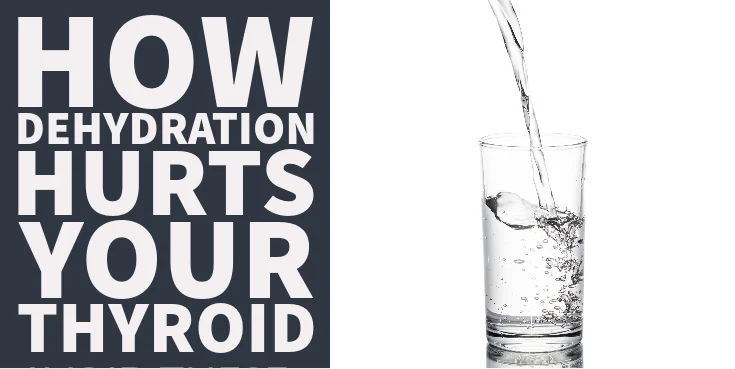
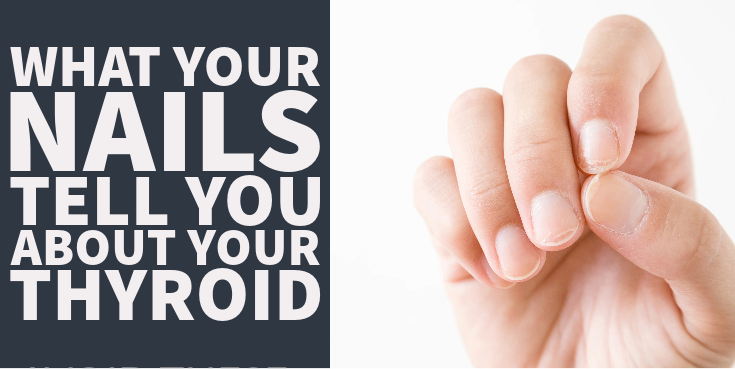
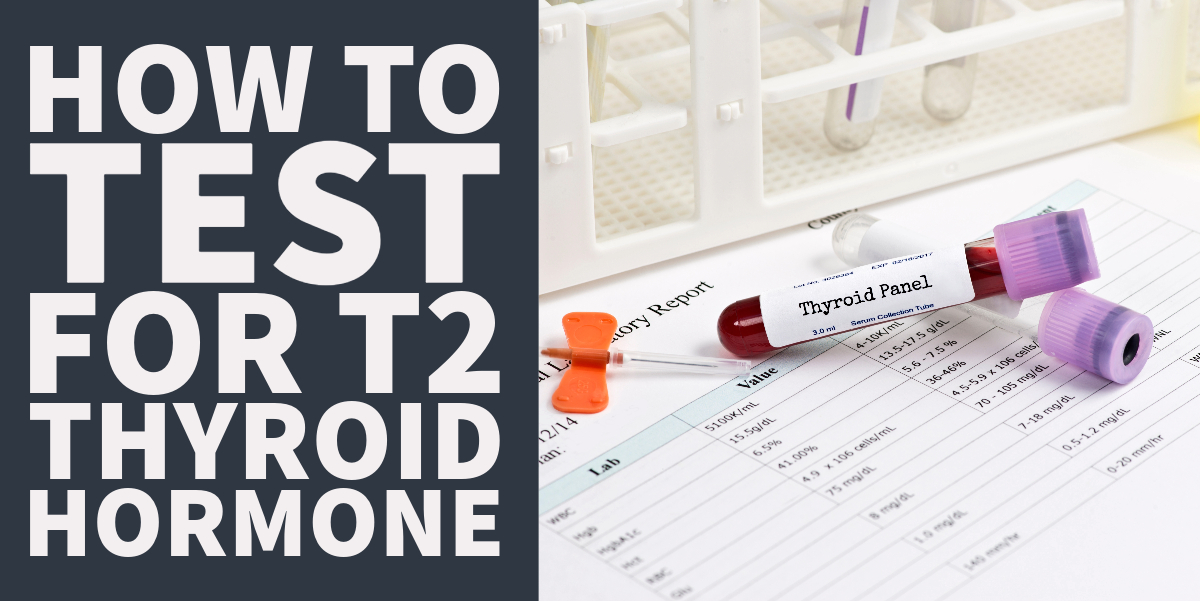
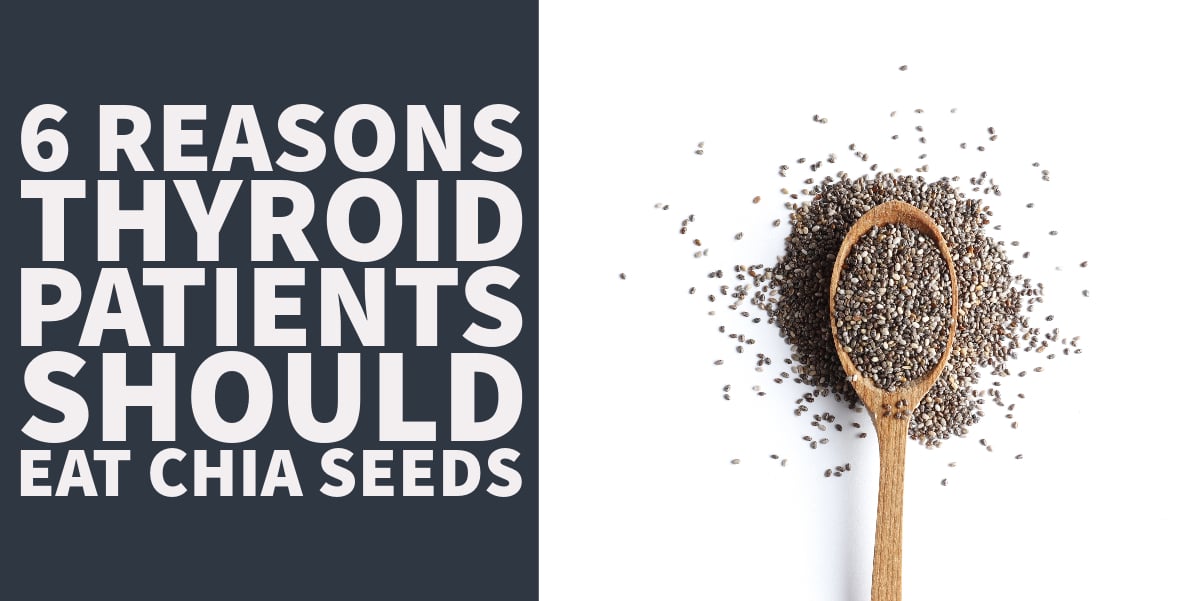

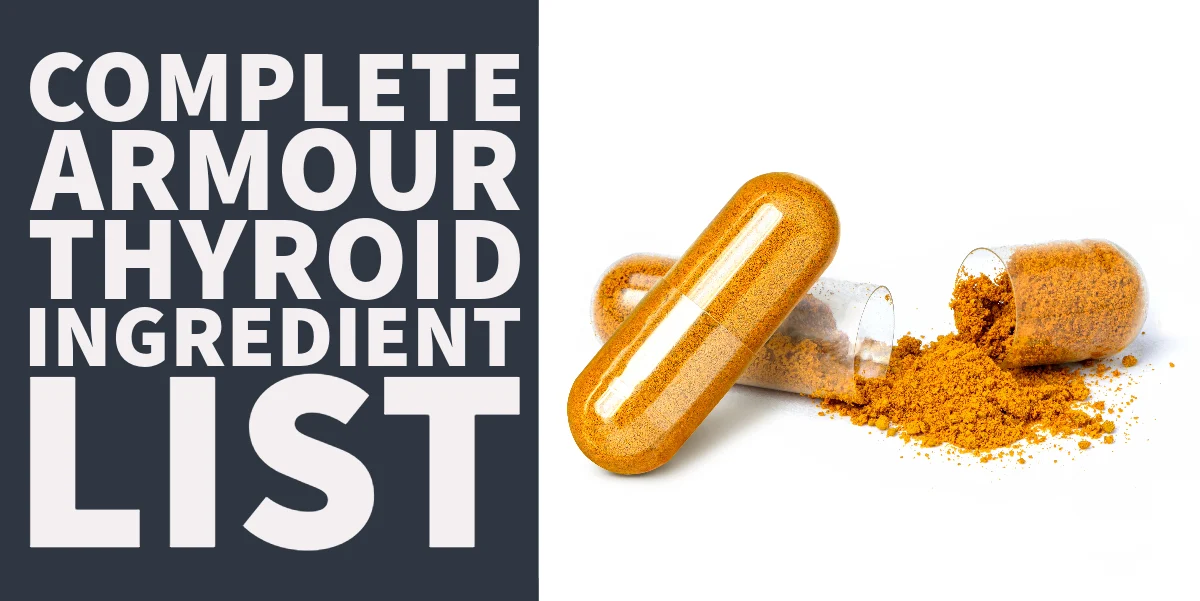

Thank you very much!!!!! You are the best resource for Hashimoto on the whole Internet!
Hi Teresa,
Glad you find the information helpful!
Love the neck exercises! Also the reminder for selenium. Thank you!
Hi Donna,
Happy to help!
Thank you very much for these exercises! Can you tell me what makes a “gritty,” kind of “crunchy,” sound in my neck when I do these exercises?
Hi Nancy,
It’s hard to say for sure without more information but it’s probably just grinding of the joints in your neck.
I didn’t find any videos on the site.
Hi Condor,
You can find the link to the video here: https://youtu.be/JsO5c3XGcWw
Thank you for this great information, It’s about time someone can you some helpful information, and there is not charge. After doing the exercises I feel much better, and again than you.
Hi Clara,
Glad you found it helpful! I have some 500+ free blog posts so if you liked this information there’s a lot of other information here for you to check out as well.
Hi thanks for these exercises. I have a really bad neck and it makes sense this affects your thyroid. I have tinnitus where the noise changes depending on how I move my neck. I will let you know progress with this.
Thanks for the great info.
Hi Ann,
Glad to help! Let me know how it goes and if you see improvement in your tinnitus doing these exercises.
This is a fantastic idea! I have never linked the chronic pain in my upper neck to my low thyroid problems. Will definitely be doing these exercises. I just love the holistic approach to thyroid issues that you have. Conventional medicine could offer me no help – (as my thyroid levels are low, but not low enough for medication) and they never even tested me for thyroid anitbodies – which were in the thousands! I actually thought I was dying three years ago and with your Progesterone drops and the ADK vitamin drops and the red- light therapy I’m in such a good place now. Many thanks.
Hi Lorna,
I don’t provide progesterone or red light therapy but I’m glad you are feeling better! I have discussed both in previous blog posts over the years and they have the potential to help certain people.
Seems no point in exercise for thyroidless, is not it?
Hi Yelena,
You would not get any benefit to the thyroid gland (because it’s no longer present) by doing these exercises, but they could still help with things like neck pain/muscle pain, lymphatic drainage, etc. So there is still the potential for general health benefits.
Hi, I was doing the neck exercises and the next day my neck been hurting it been 2 days now , Why?
Hi Gerri,
That is called delayed onset muscle soreness, or DOMS for short, and it’s an indication that your neck muscles are responding and getting stronger which is exactly what you want to happen! It also means that those neck muscles that you are using weren’t getting a lot of action.
Oh so I’m ok, I thought it was out of place and I hurt my neck so it a good thing!